
Choosing the right car stereo can elevate your driving experience, turning mundane commutes into enjoyable journeys filled with your favorite tunes, podcasts, or seamless navigation. With so many options available, selecting the perfect stereo that fits your car, lifestyle, and preferences can feel overwhelming.
In this comprehensive guide, we’ll walk you through everything you need to know about finding the right car stereo, including key features, compatibility considerations, budget tips, and FAQs. Whether you’re an audiophile, a tech enthusiast, or someone simply looking to upgrade, this article will solve all your questions and help you make an informed decision.
Table of Contents
- Why Upgrade Your Car Stereo?
-
Understanding Car Stereo Types
- 2.1. Single-DIN
- 2.2. Double-DIN
-
Key Features to Consider in a Car Stereo
- 3.1. Audio Quality
- 3.2. Connectivity Options
- 3.3. Display and Interface
- 3.4. Built-in Navigation
- How to Ensure Compatibility with Your Vehicle
- Budgeting for a New Car Stereo
- Steps to Find the Right Car Stereo
-
Top Brands to Consider
- Pioneer, Kenwood, XAutoStereo, Alpine, Sony
- Installation: DIY vs. Professional
- Common Mistakes When Choosing a Car Stereo
- FAQs About Choosing the Right Car Stereo
- Conclusion
1. Why Upgrade Your Car Stereo?
A car stereo upgrade isn’t just about improving sound—it’s about transforming your driving experience. Here are some reasons to consider an upgrade:
- Enhanced Audio Quality: A high-quality stereo delivers better sound clarity, deeper bass, and more precise audio performance.
- Improved Connectivity: Modern stereos offer seamless integration with smartphones through Bluetooth, Apple CarPlay, and Android Auto.
- Navigation and Apps: Many car stereos come with built-in GPS or support for navigation apps, making trips easier.
- Aesthetic Appeal: An upgraded stereo can give your dashboard a modern, sleek appearance.
- Future-Proofing: Older stereos may not support new technology. A modern stereo ensures compatibility with future devices.
2. Understanding Car Stereo Types
2.1. Single-DIN Car Stereos
A Single-DIN stereo measures 7 inches wide and 2 inches tall. These compact systems are typically found in older vehicles or those with smaller dashboards. While smaller, they still offer modern features like Bluetooth and USB support.
Pros:
- Compact size
- Affordable
- Easy to install
Cons:
- Limited display size
- Fewer advanced features
2.2. Double-DIN Car Stereos
A Double-DIN stereo measures 7 inches wide and 4 inches tall. These larger systems often feature touchscreens, navigation, and advanced connectivity options.
Pros:
- Larger screens for better visibility
- Advanced features (CarPlay, Android Auto, GPS)
- Modern aesthetic
Cons:
- Higher cost
- Requires more dashboard space
3. Key Features to Consider in a Car Stereo
3.1. Audio Quality
The sound is the core purpose of a car stereo. Look for systems with high wattage, built-in amplifiers, and equalizers to fine-tune the sound. If you're an audiophile, consider systems with FLAC or Hi-Res Audio support.
3.2. Connectivity Options
Modern connectivity is essential. Here are the must-have options:
- Bluetooth: For hands-free calls and music streaming.
- Apple CarPlay and Android Auto: Seamless smartphone integration for navigation, calls, and apps.
- USB/AUX Ports: For connecting older devices or charging.
- Wi-Fi: Some stereos allow over-the-air updates and internet connectivity.
3.3. Display and Interface
Touchscreen displays are common in Double-DIN stereos, offering easy navigation of features. Look for:
- High-resolution displays for clarity
- Intuitive interfaces for ease of use
- Customizable home screens
3.4. Built-in Navigation
Some stereos come with built-in GPS, eliminating the need for a smartphone. These systems often include:
- Real-time traffic updates
- Offline maps
- Voice navigation

4. How to Ensure Compatibility with Your Vehicle
Not all car stereos fit every vehicle. Follow these steps to ensure compatibility:
- Measure Your Dashboard: Determine whether your car supports Single-DIN, Double-DIN, or both.
- Check Wiring Compatibility: Some cars require a wiring harness or a CANBUS adapter.
- Retain Factory Features: If your car has steering wheel controls, check if the stereo supports them.
5. Budgeting for a New Car Stereo
Car stereo prices range widely, so it’s important to set a budget. Here’s a breakdown:
- Entry-Level ($50–$150): Basic features like Bluetooth, FM/AM radio, and AUX input.
- Mid-Range ($150–$500): Advanced features like touchscreens, CarPlay, and navigation.
- High-End ($500+): Premium features, larger screens, and audiophile-quality sound.
6. Steps to Find the Right Car Stereo
6.1. Assess Your Needs
- Do you prioritize sound quality or connectivity?
- Do you want a large display or a simpler interface?
- What features are must-haves for you (e.g., GPS, CarPlay)?
6.2. Research Brands and Models
Look for reputable brands with a history of quality products. Popular options include Pioneer, Kenwood, and XAutoStereo.
6.3. Check Reviews and Recommendations
User reviews can provide insights into the performance and reliability of a stereo.
7. Top Brands to Consider
Pioneer
Known for versatile, high-quality stereos with features like high-resolution audio and robust Bluetooth.
Kenwood
Offers sleek designs, intuitive interfaces, and excellent audio quality.
XAutoStereo
Specializes in vehicle-specific systems, often with large touchscreens and advanced vehicle integration.

Alpine
Focuses on premium sound quality and innovative features.
Sony
Combines simplicity with advanced technology, offering stereos with excellent smartphone integration.
8. Installation: DIY vs. Professional
DIY Installation
- Pros: Cost-effective, rewarding for tech-savvy individuals.
- Cons: Risk of errors, time-consuming.
Professional Installation
- Pros: Ensures proper setup and compatibility.
- Cons: Additional cost ($50–$200+ depending on complexity).
9. Common Mistakes When Choosing a Car Stereo
- Ignoring Compatibility: Not all stereos fit all cars—check dimensions and wiring.
- Overlooking Features: Ensure the stereo has the connectivity and functions you need.
- Choosing the Cheapest Option: Low-cost units often lack durability and sound quality.
10. FAQs About Choosing the Right Car Stereo
1. Can I use a Double-DIN stereo in a Single-DIN slot?
No, unless you use a custom installation or a specific adapter.
2. Do all car stereos support steering wheel controls?
No, but many modern stereos do. You may need a compatible adapter.
3. What’s the difference between CarPlay and Android Auto?
CarPlay is designed for Apple devices, while Android Auto works with Android smartphones.
4. Are touchscreen stereos durable?
Yes, but durability depends on the brand and build quality. Look for units with anti-glare and scratch-resistant screens.
5. Can I add a backup camera to any stereo?
No, but many Double-DIN stereos support backup camera integration.
11. Conclusion
Finding the right car stereo requires understanding your needs, assessing your car’s compatibility, and researching the best options within your budget. Whether you choose a compact Single-DIN stereo or a feature-rich Double-DIN unit, upgrading your car stereo can significantly improve your driving experience.
Remember to prioritize quality, connectivity, and features that align with your lifestyle. With this guide, you’re now well-equipped to make an informed decision and enjoy the benefits of a perfect car stereo system.



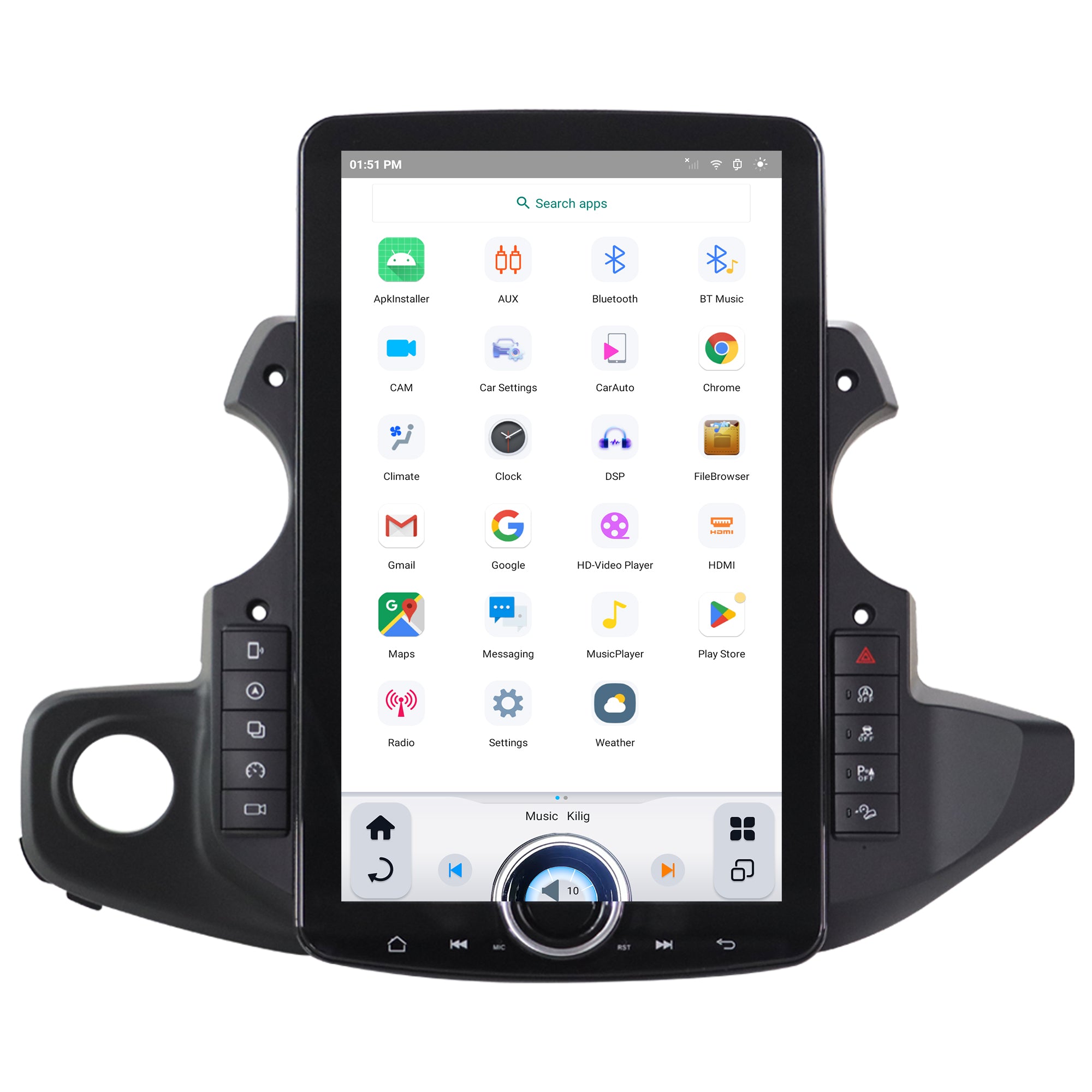
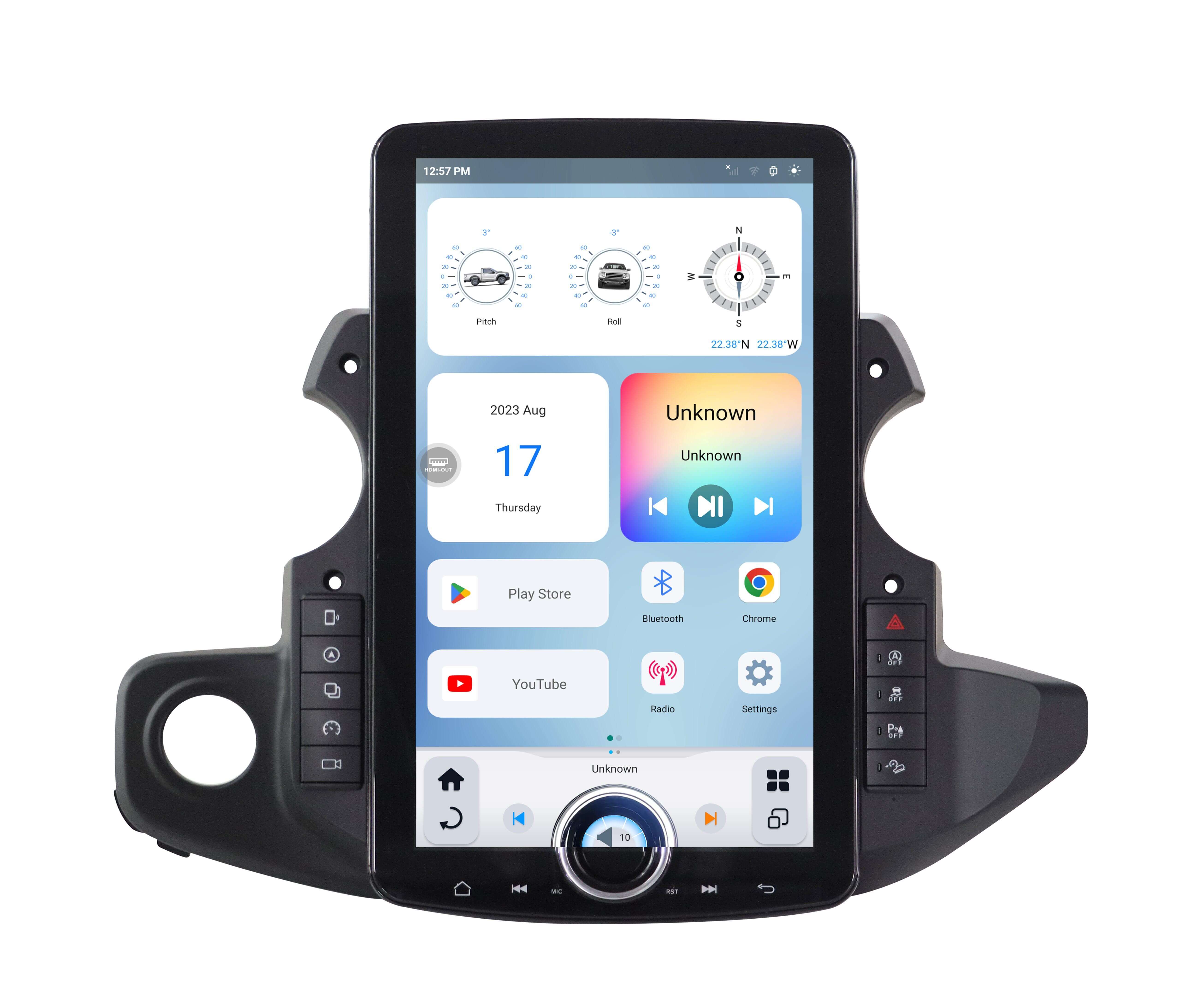
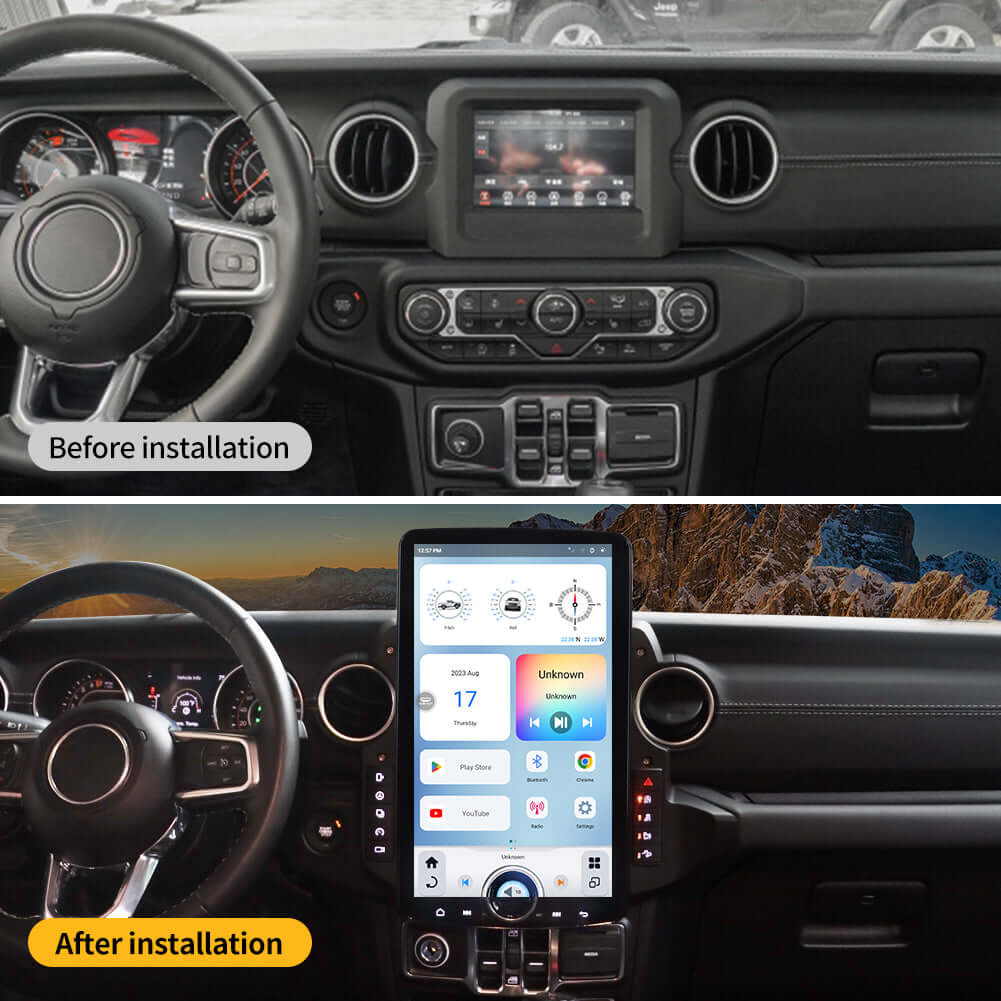

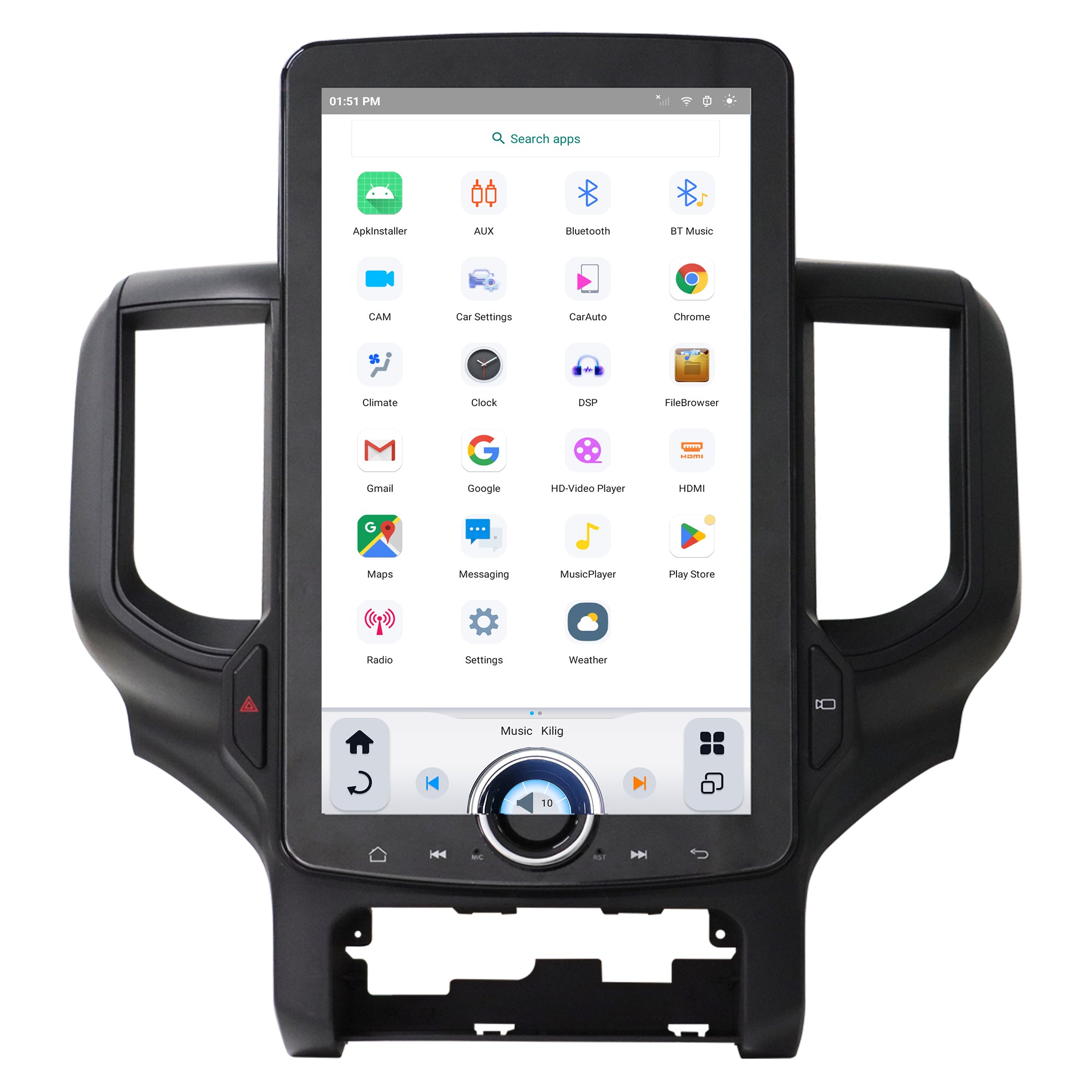
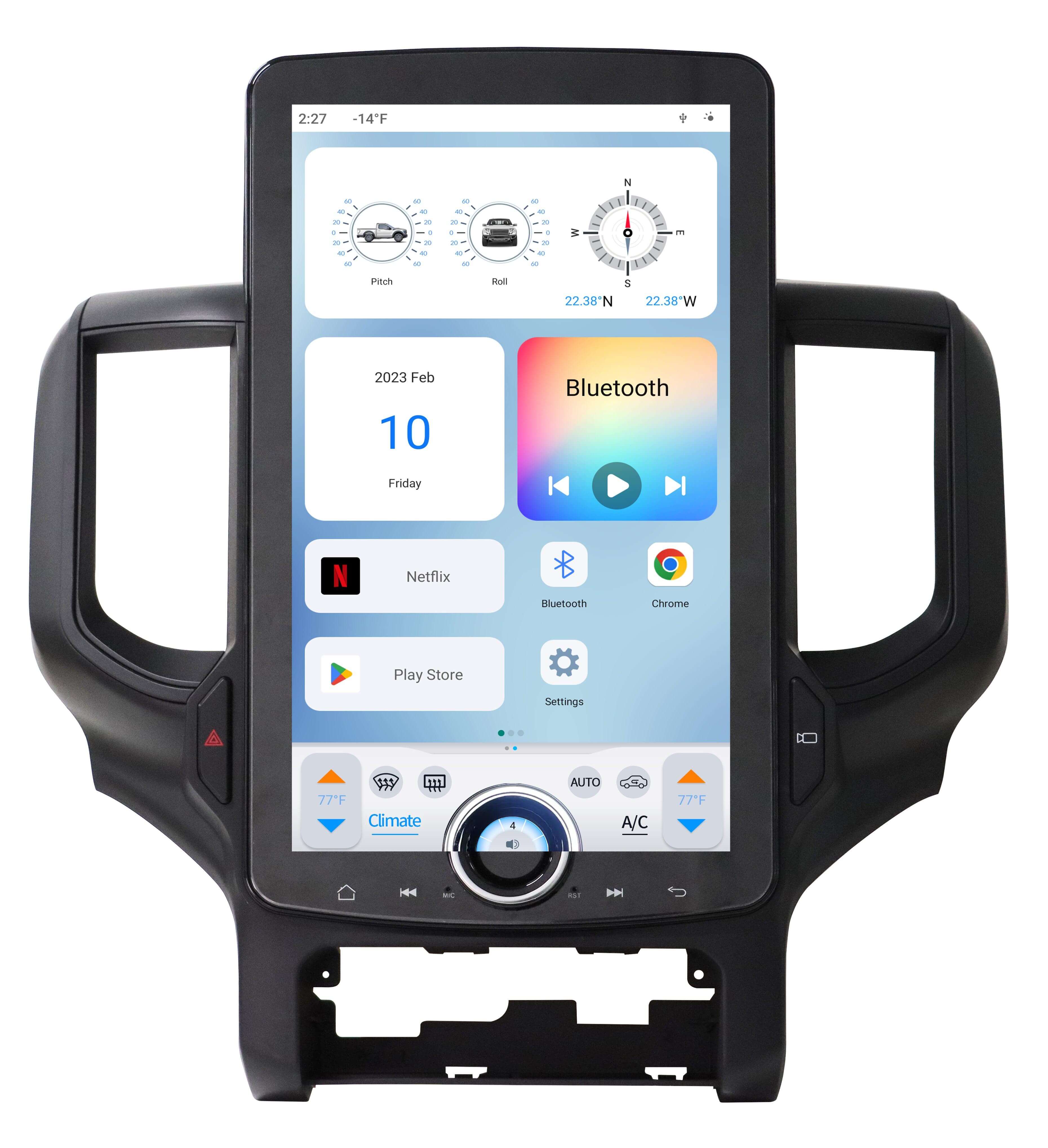
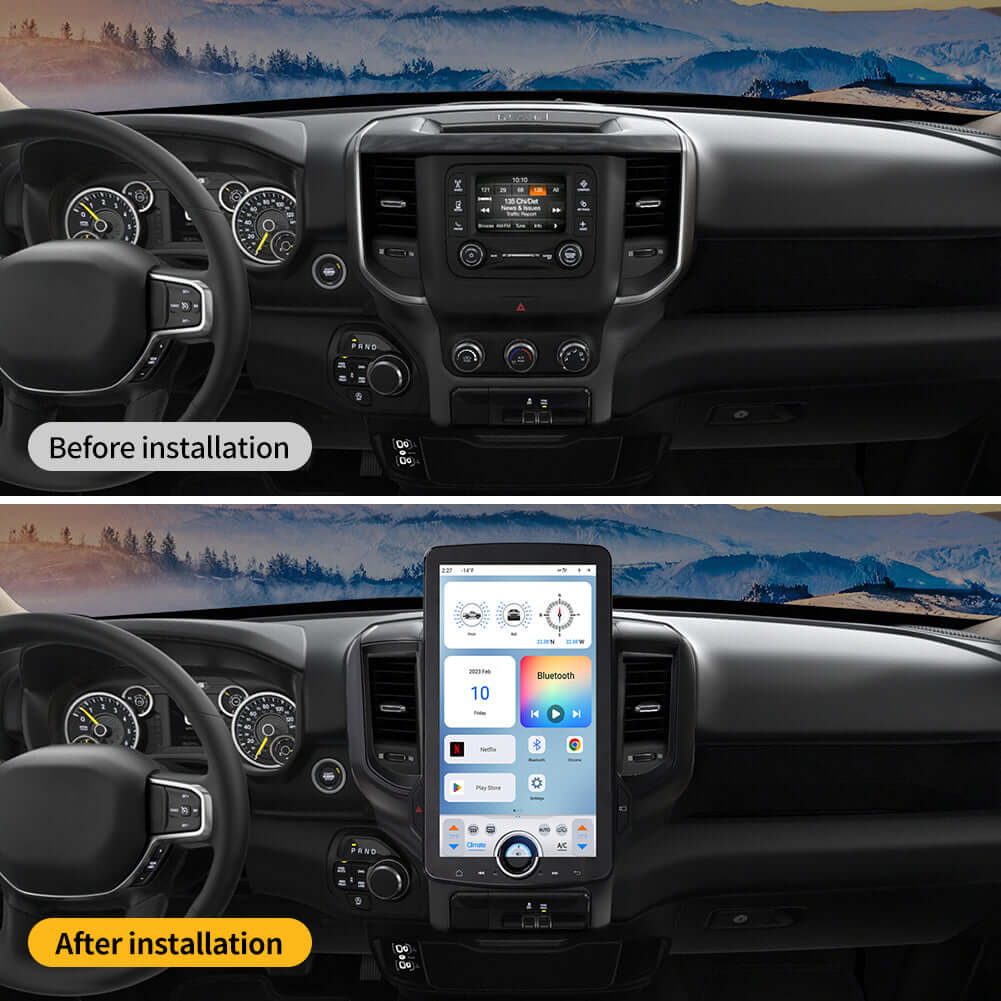
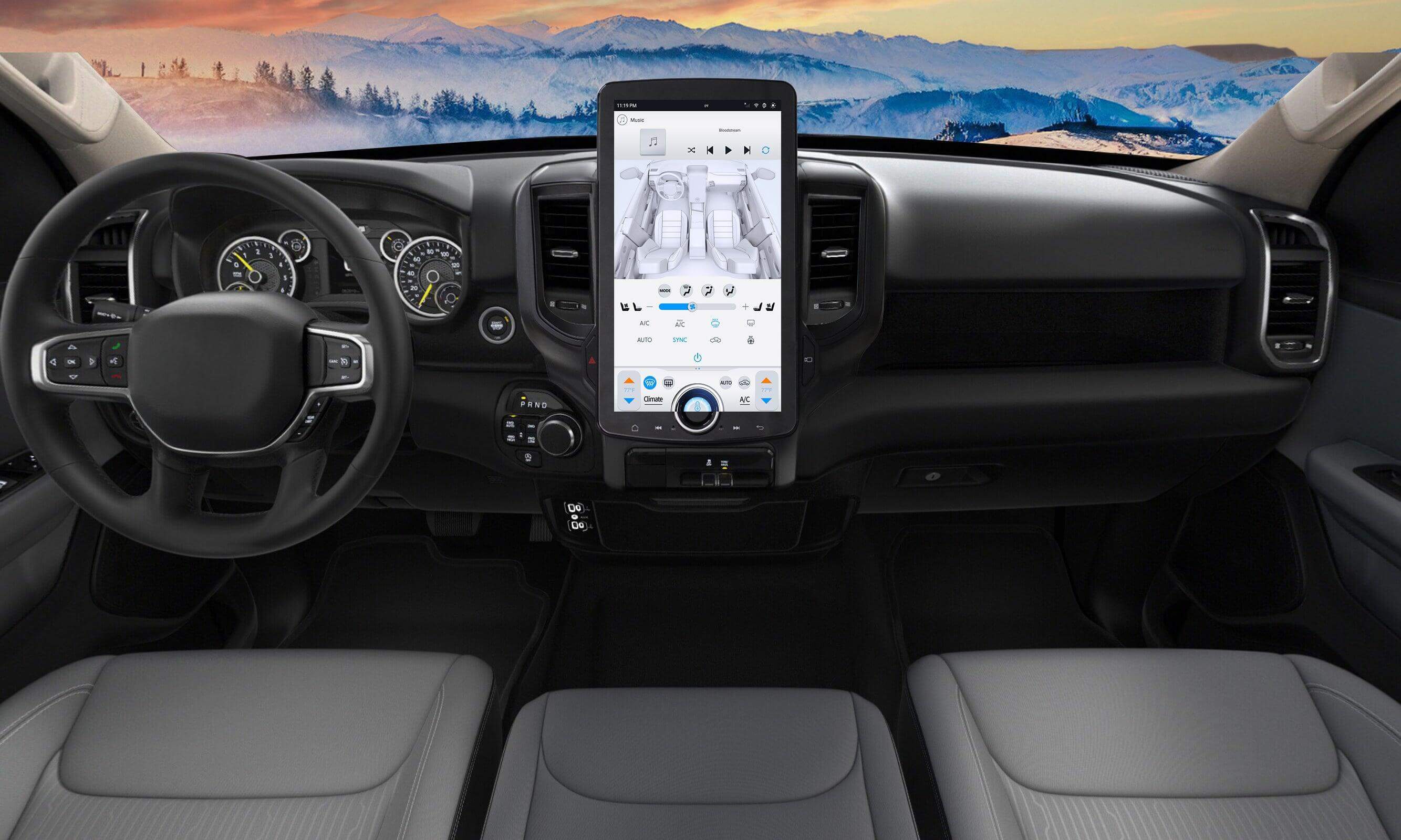
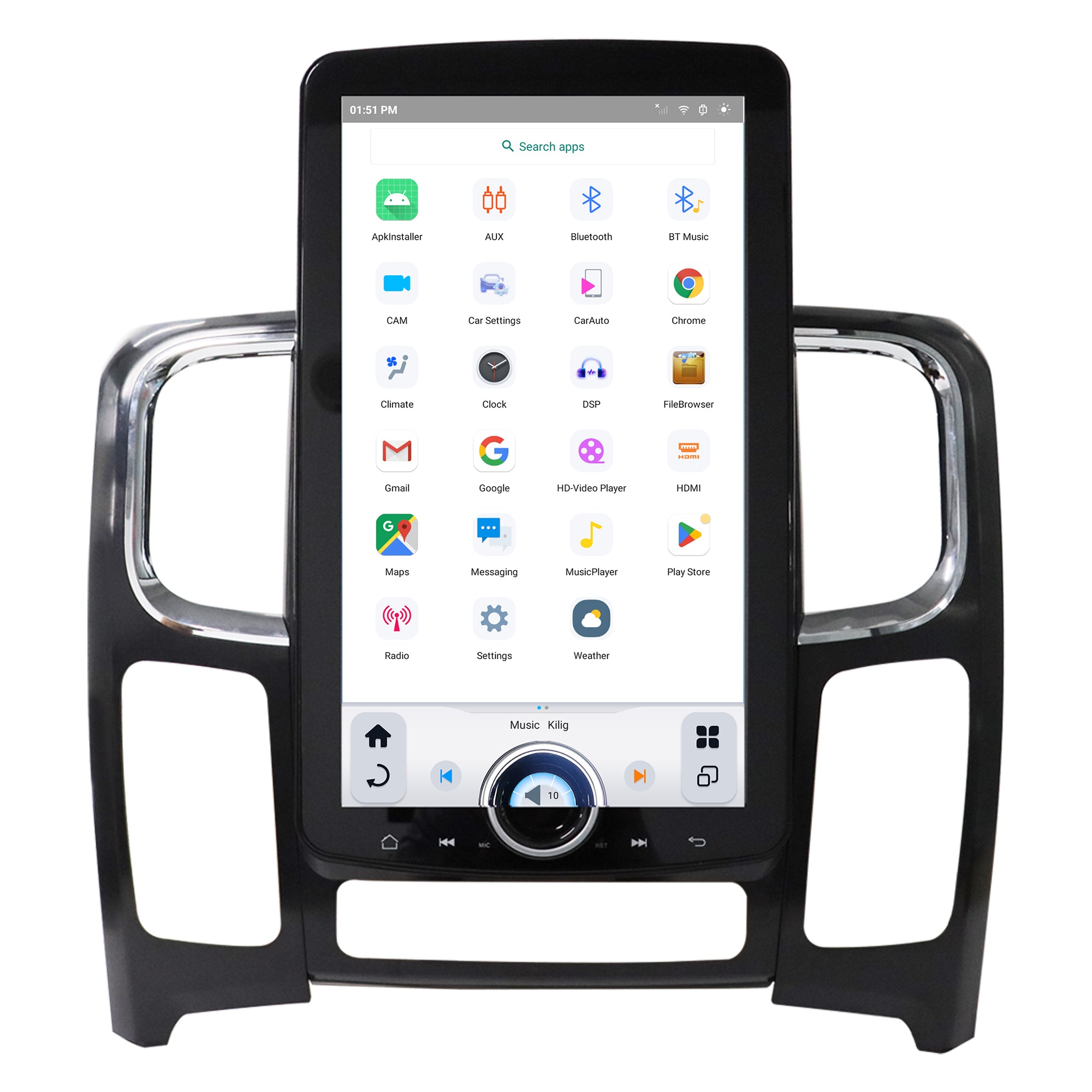
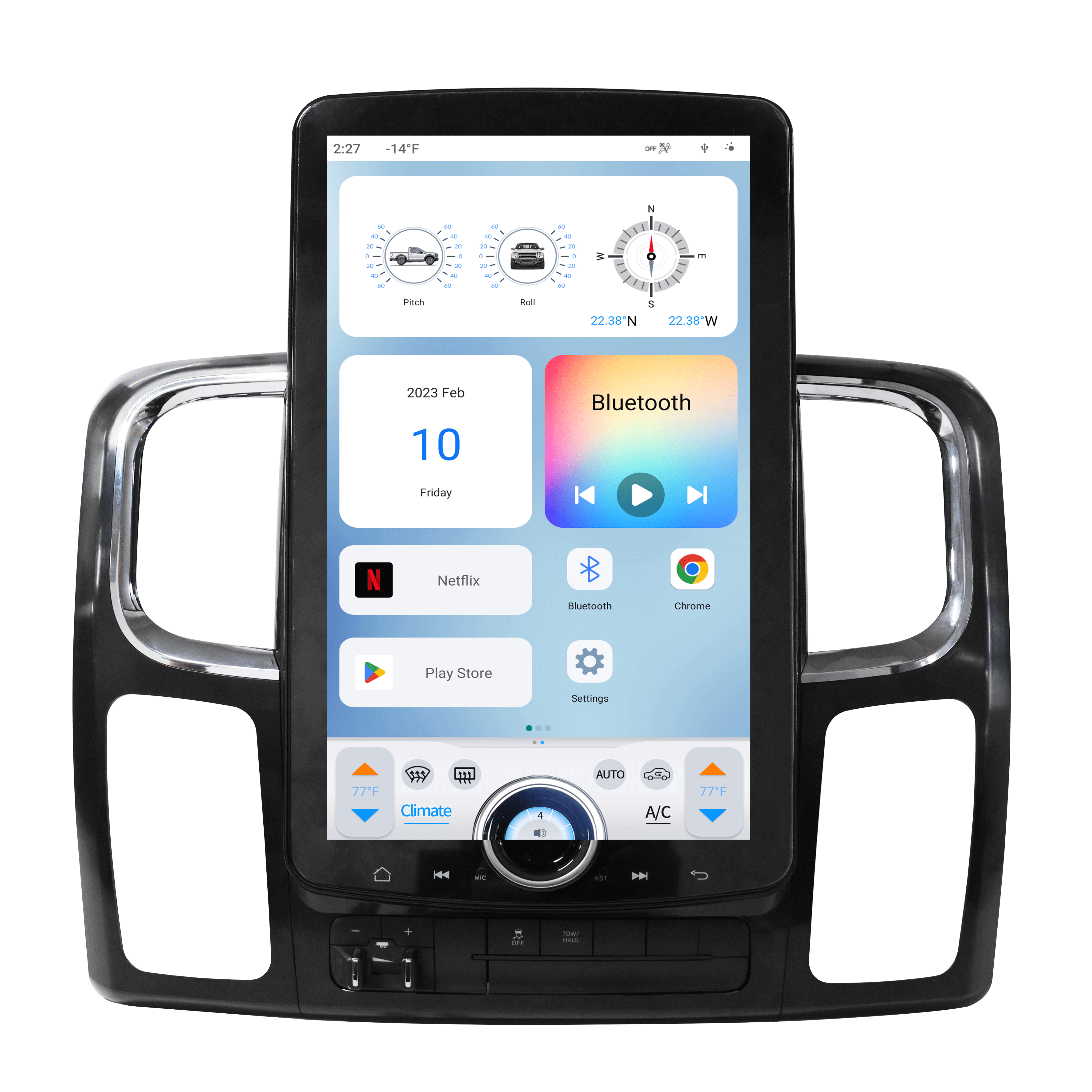
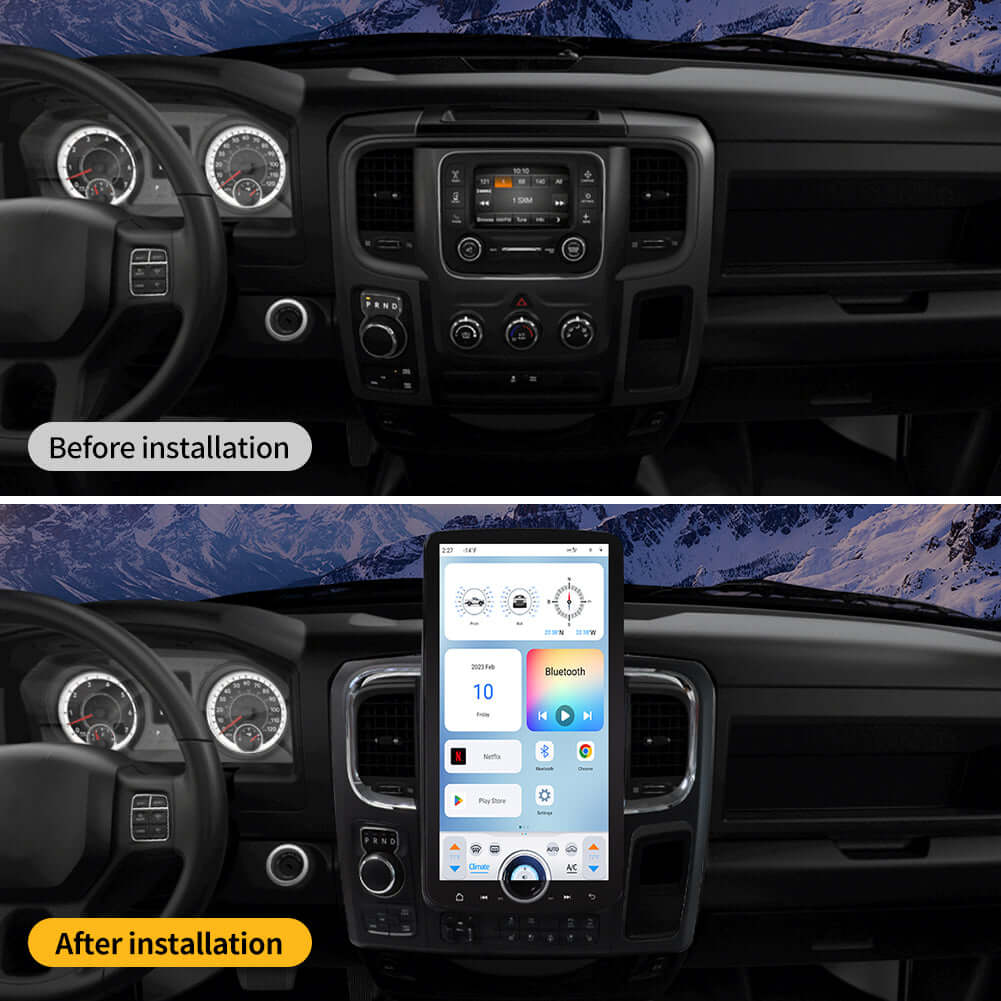
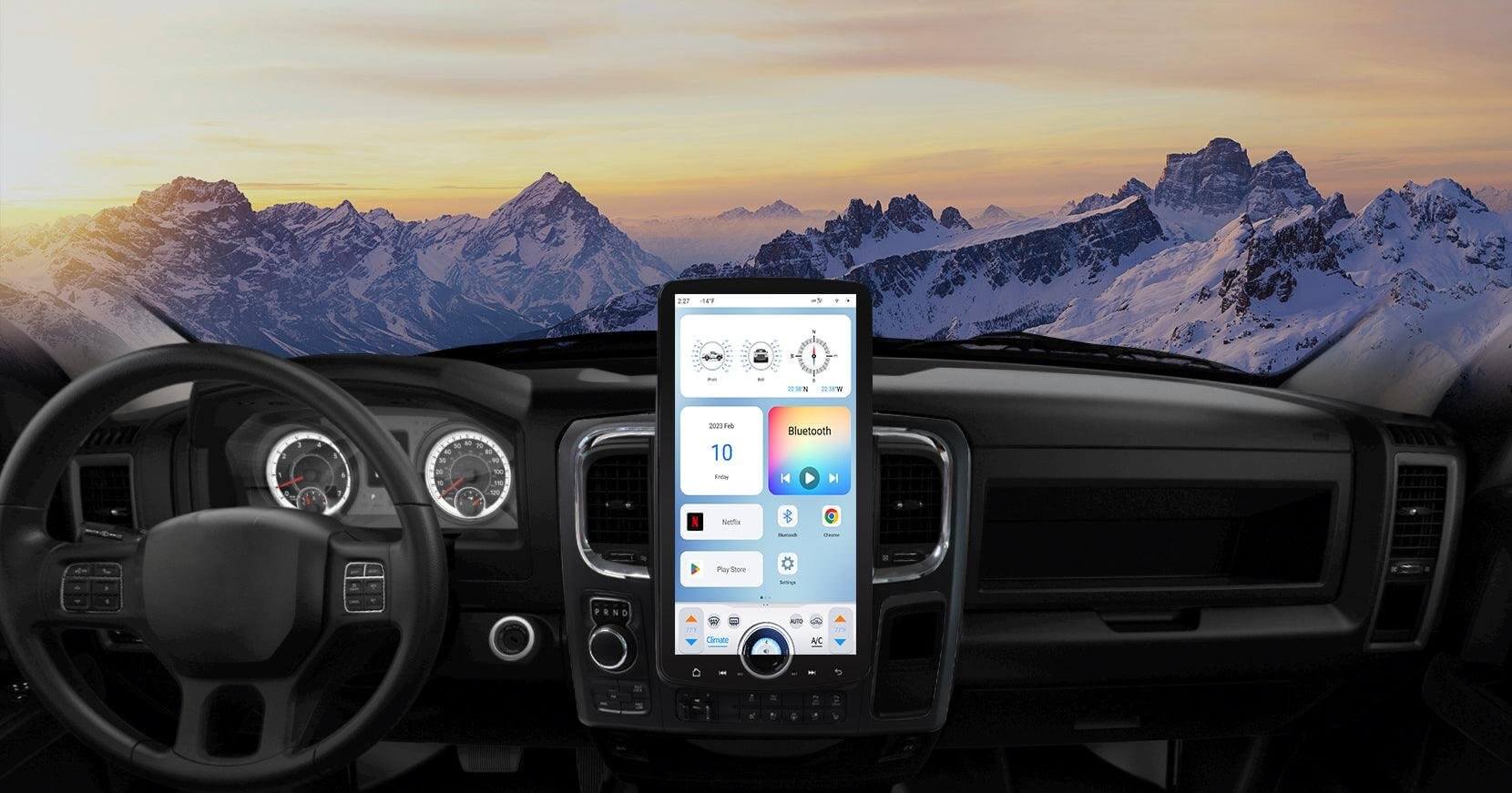
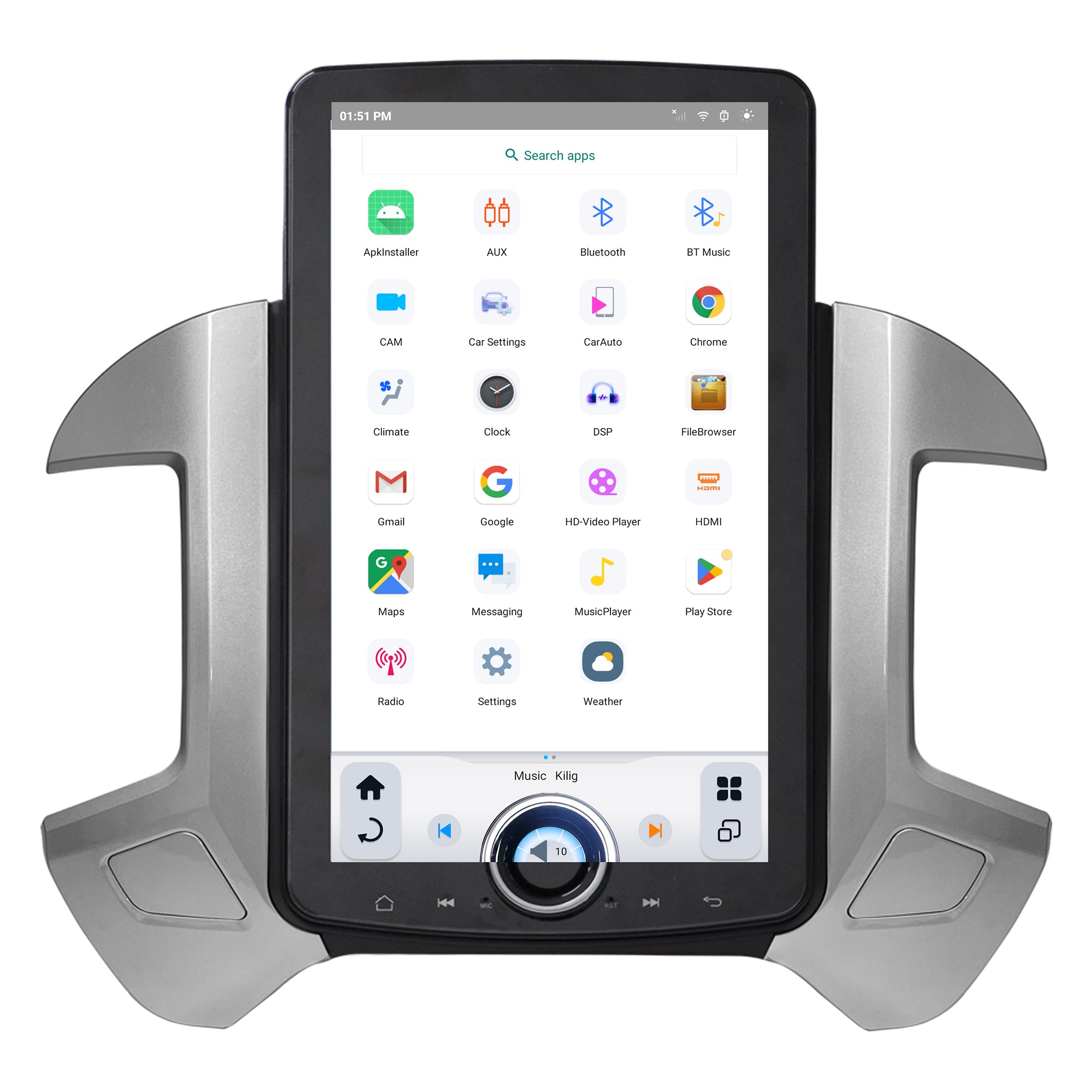

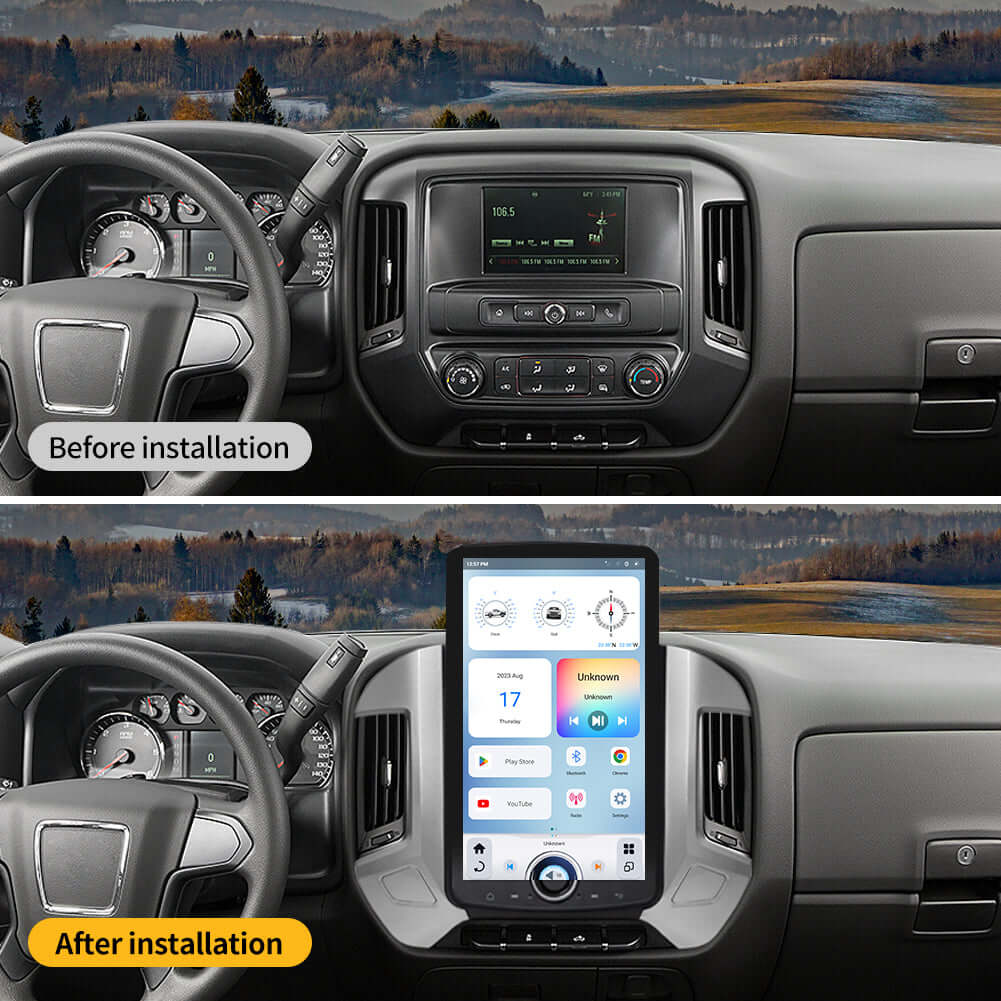
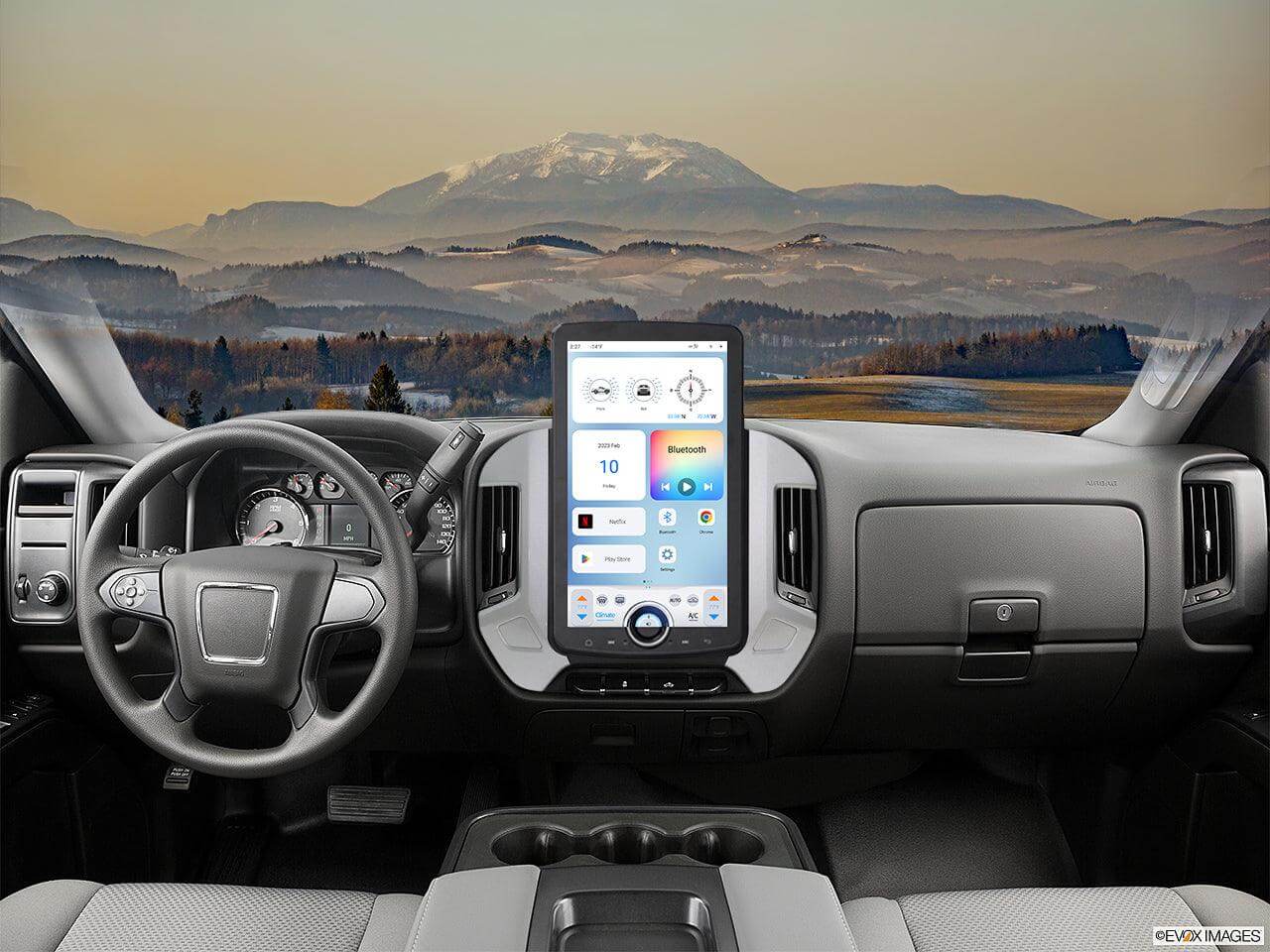
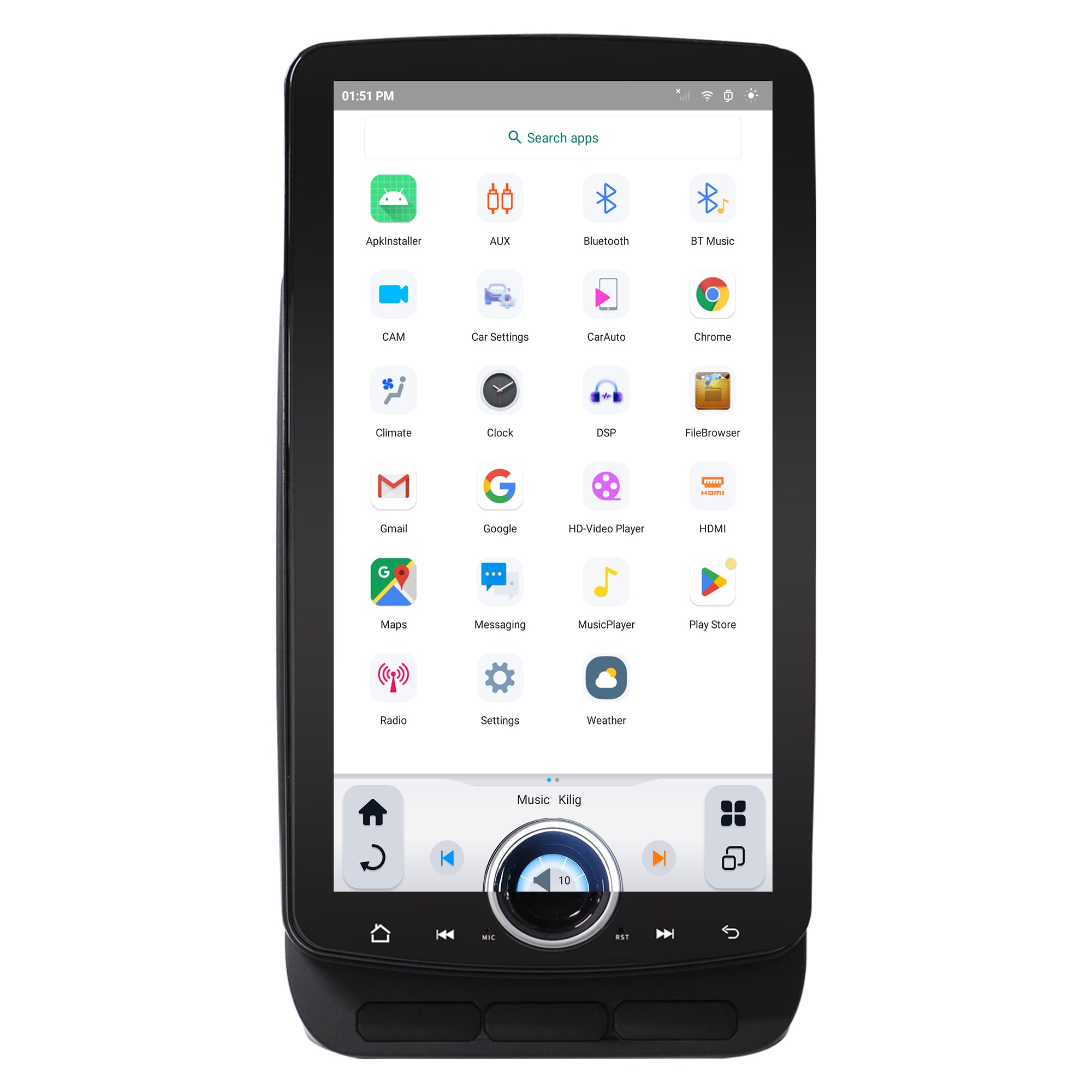
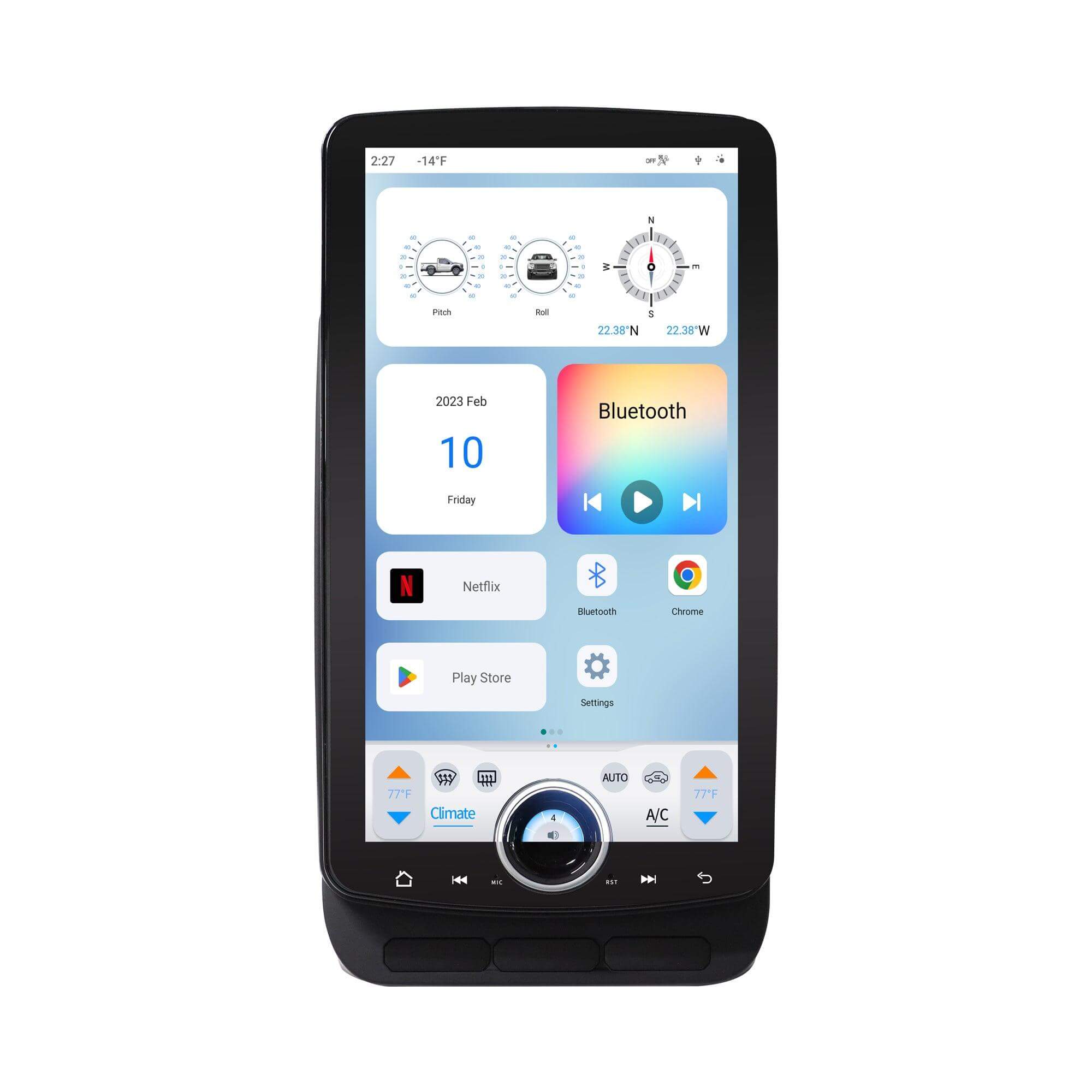
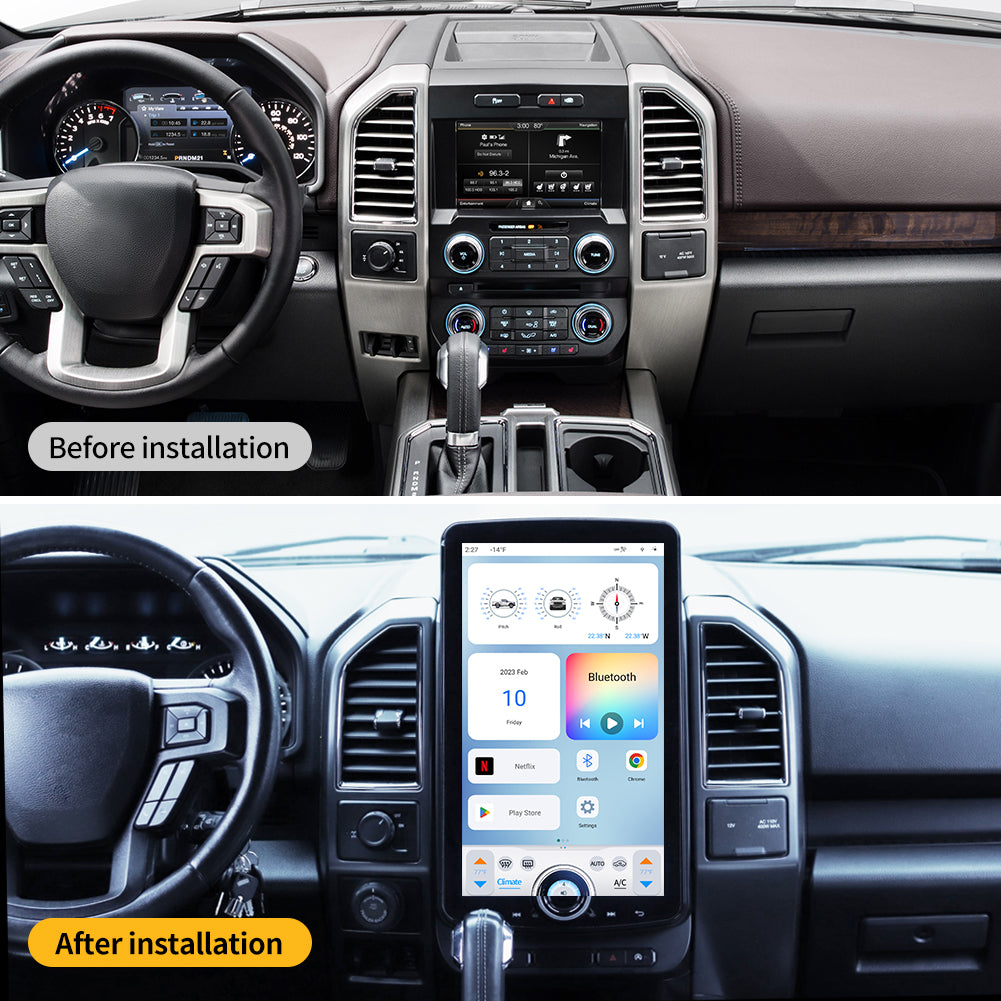
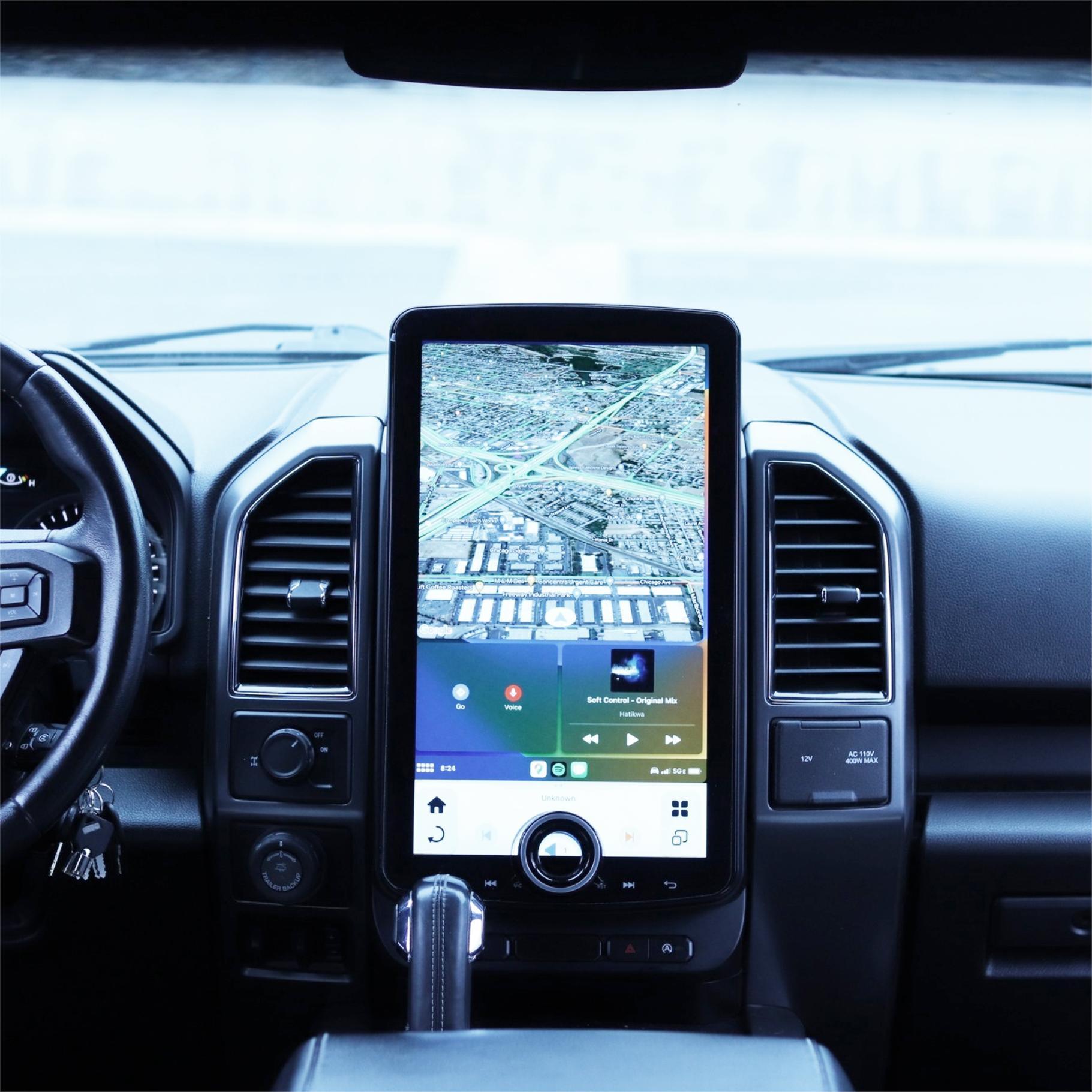
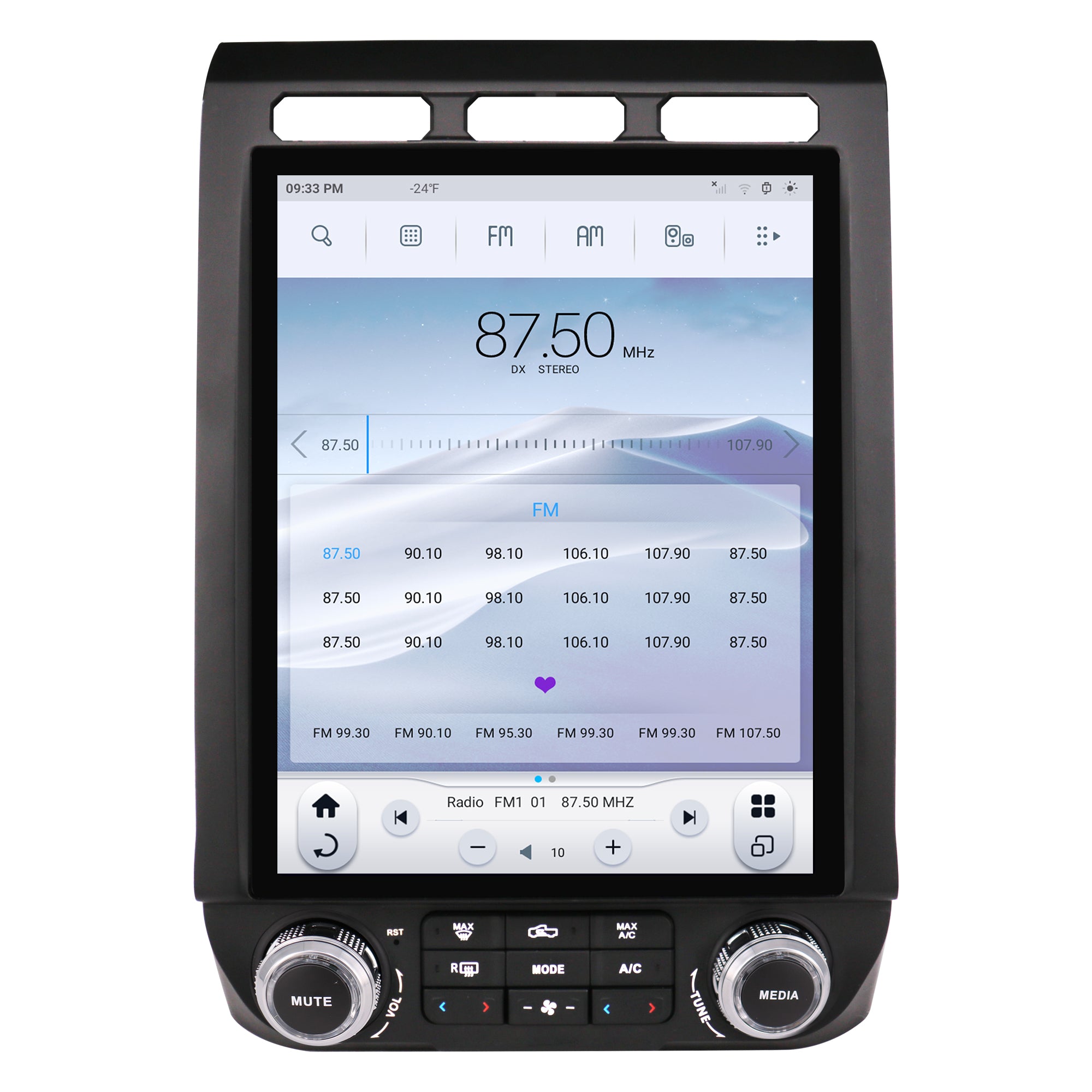
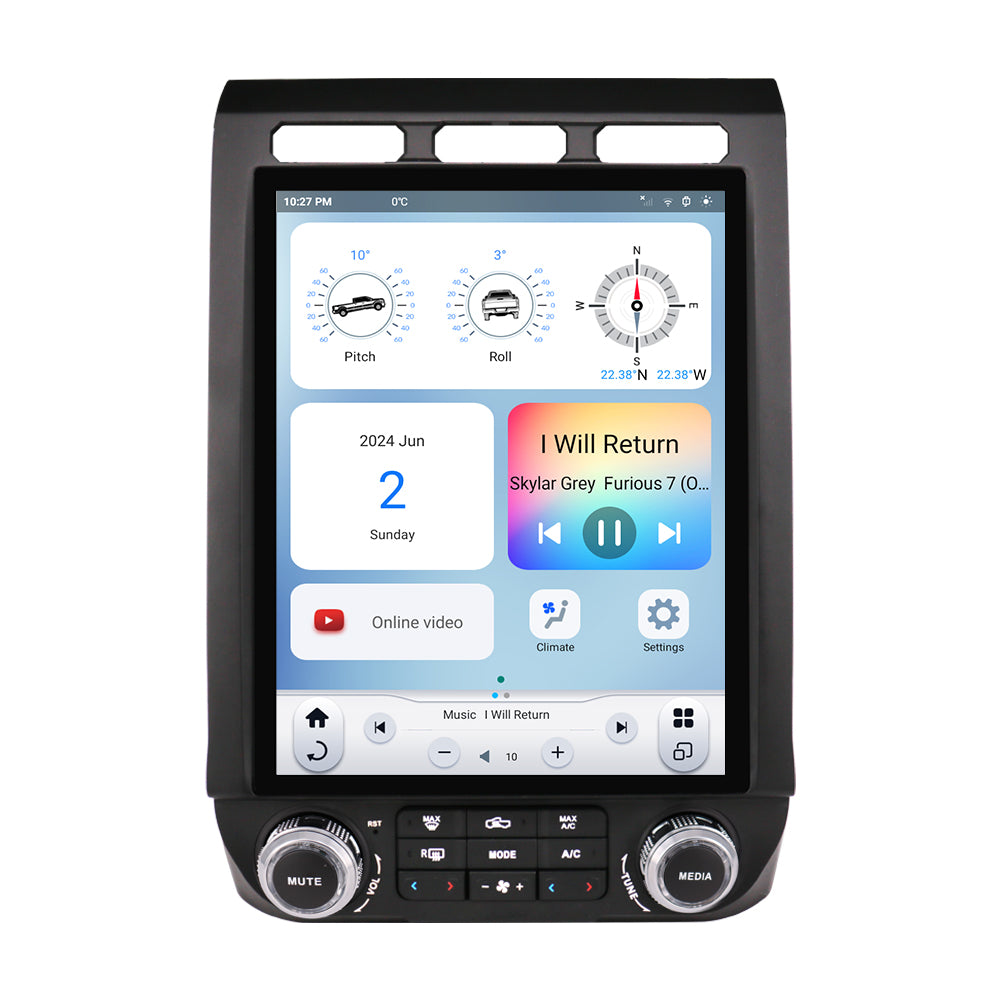
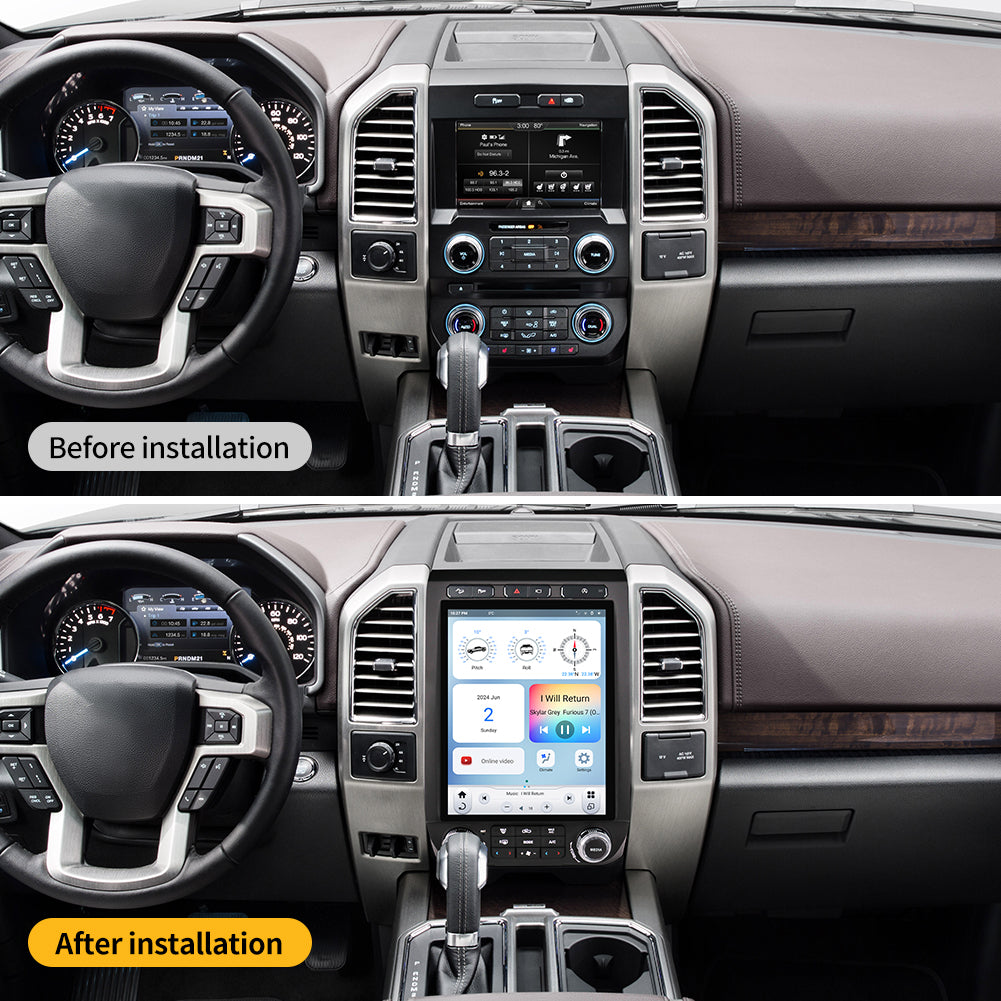
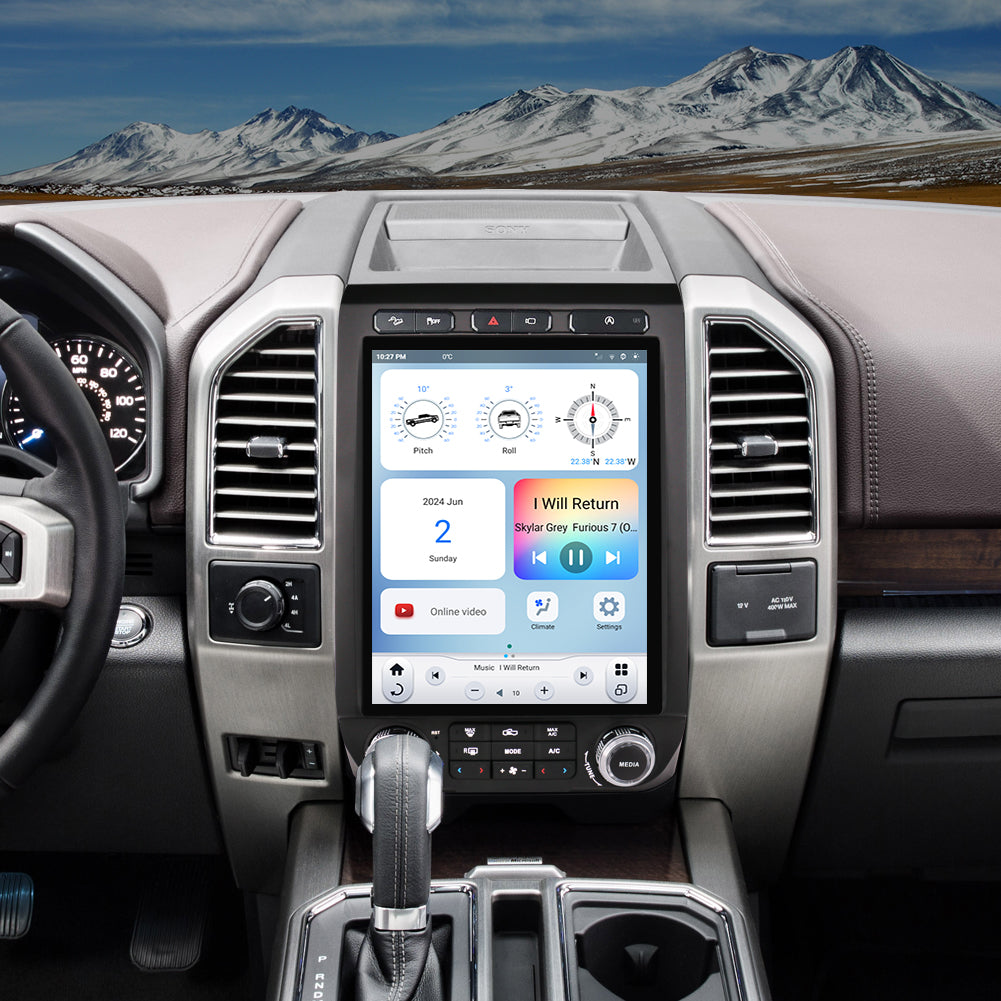
Share:
How to Install a Car Stereo Capacitor
How to Clean Car Stereo CD Player?